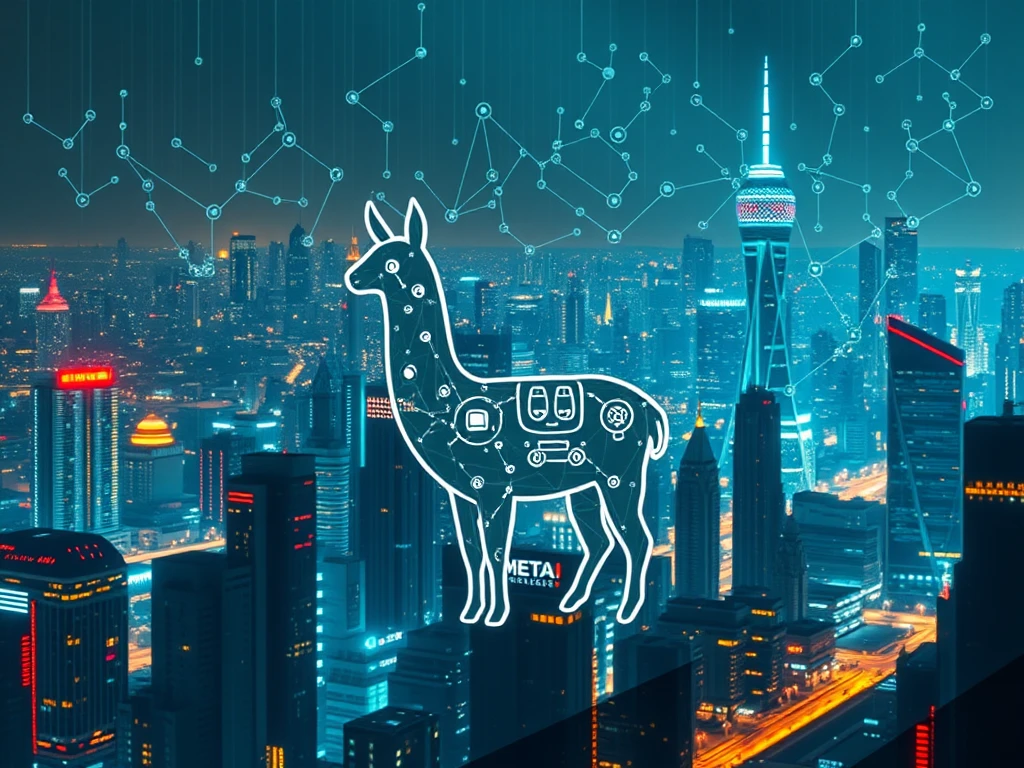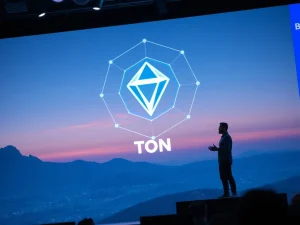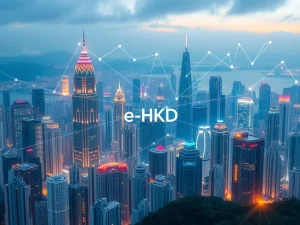Revolutionary Llama 4: Meta AI Supercharges US Lead in Global AI Race

The AI arena is heating up, and the latest contender is making waves! Social media behemoth Meta has unleashed its Llama 4 models, boldly declaring they outperform the competition. But is this just hype, or a genuine shift in the balance of power? David Sacks, a prominent figure in the tech and crypto space, believes it’s the latter, asserting that Meta’s Llama 4 propels the United States back into the forefront of the global AI race. Let’s dive into why this announcement is causing such a stir and what it means for the future of artificial intelligence.
Has Llama 4 Really Changed the AI Race?
According to David Sacks, the answer is a resounding yes. In a recent post on X, Sacks, known for his insights on AI and crypto, stated, “For the US to win the AI race, we have to win in open source too, and Llama 4 puts us back in the lead.” This declaration comes amidst ongoing discussions about the US and China vying for dominance in the rapidly evolving field of artificial intelligence. Sacks, who has been vocal about the strategic importance of the AI race, emphasizes that the US cannot afford to be complacent. His endorsement of Llama 4 suggests a significant development in the US’s competitive stance.
Meta’s Bold Claims: Llama 4 ‘Outperforms’ Rivals
Meta isn’t shy about touting the capabilities of its new models. The company’s AI division announced the arrival of Llama 4 Scout and Llama 4 Maverick, proclaiming them “our most advanced models yet and the best in their class for multimodality.” These are strong words, but what backs them up? Let’s break down the key features and claims:
- Llama 4 Scout:
- Features 17 billion active parameters.
- Utilizes 16 experts in its architecture.
- Meta asserts it outperforms models like Gemma 3, Gemini 2.0 Flash-lite, and Mistral 3.1 across various benchmarks.
- Llama 4 Maverick:
- Also boasts 17 billion active parameters.
- Configured with a more extensive 128 experts.
- Meta claims it can outperform GPT-4o and Gemini 2.0 Flash in benchmark tests.
- Impressively, Meta states Maverick performs comparably to DeepSeek v3 in reasoning and coding tasks, despite using only half the active parameters.
These claims, if validated, would position Meta AI and its Llama 4 models as serious contenders in the artificial intelligence landscape. The emphasis on outperforming established models like GPT-4o and Gemini highlights Meta’s ambition to not just participate, but to lead.
Looking Ahead: Meta’s AI Vision
Mark Zuckerberg, Meta’s CEO, has previously indicated a long-term vision for the Llama models. Back in July 2024, he predicted that by 2025, Llama models would become “the most advanced in the industry.” This ambitious timeline underscores Meta’s commitment to continuous innovation and its belief in the potential of its artificial intelligence research.
The journey of Llama has been relatively rapid. It’s only been a little over two years since the initial limited release of Llama 1 in February 2023. The overwhelming demand for access at that time, with over 100,000 requests, demonstrated the intense interest and anticipation surrounding Meta’s foray into open-source AI models.
What Does This Mean for the Crypto World?
While the immediate connection to cryptocurrency might not be obvious, advancements in artificial intelligence have broad implications across various sectors, including the crypto space. AI is increasingly being utilized in blockchain analysis, fraud detection, algorithmic trading, and even the development of new cryptocurrencies and decentralized applications. A more powerful and accessible AI model like Llama 4 could accelerate innovation in these areas.
The Big Picture: US vs. China in the AI Race
David Sacks’ comments place Llama 4 within the larger context of the global AI race, particularly the competition between the US and China. The open-source nature of Llama models is a key aspect here. By making powerful AI tools more widely available, Meta is potentially fostering a more decentralized and collaborative AI development environment, which Sacks believes is crucial for the US to maintain its leadership. Whether Llama 4 truly tips the scales in favor of the US remains to be seen, but it undoubtedly represents a significant step forward in the ongoing technological competition.
Conclusion: Llama 4 – A Powerful Move in the AI Race
Meta’s Llama 4 is not just another AI model release; it’s a statement of intent. By claiming superior performance and positioning it as a key asset in the AI race, Meta is signaling its ambition to be a dominant force in the future of artificial intelligence. David Sacks’ endorsement further amplifies the significance of this release, suggesting that Llama 4 could indeed be a game-changer in the global AI landscape. As the artificial intelligence field continues to evolve at breakneck speed, models like Llama 4 will be instrumental in shaping the future of technology and its impact on industries worldwide, including the ever-innovative cryptocurrency sector.










